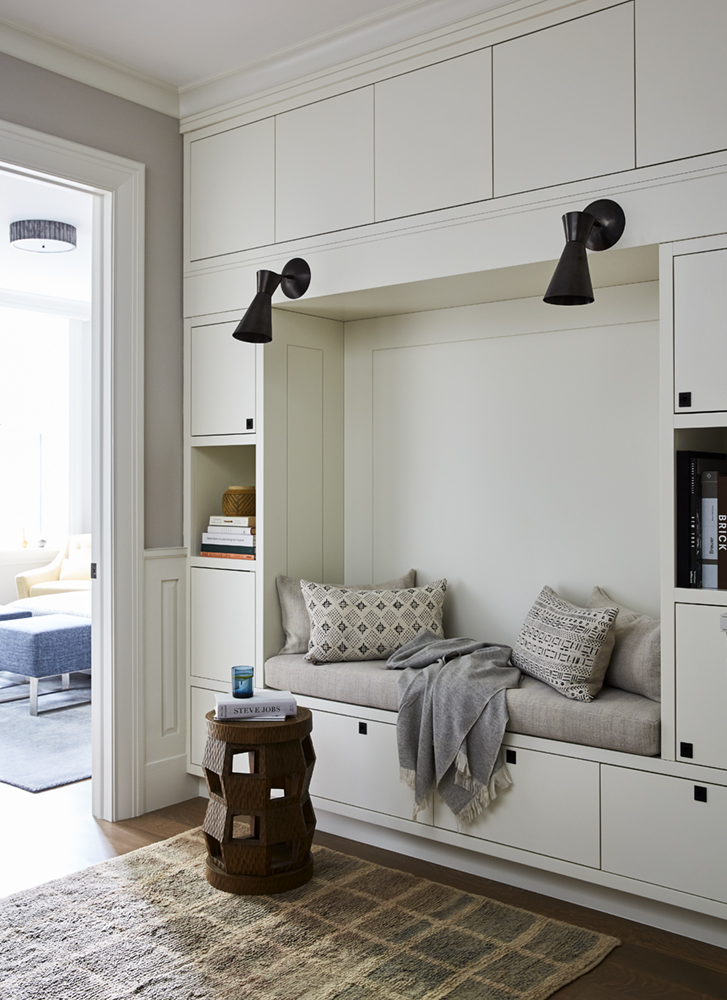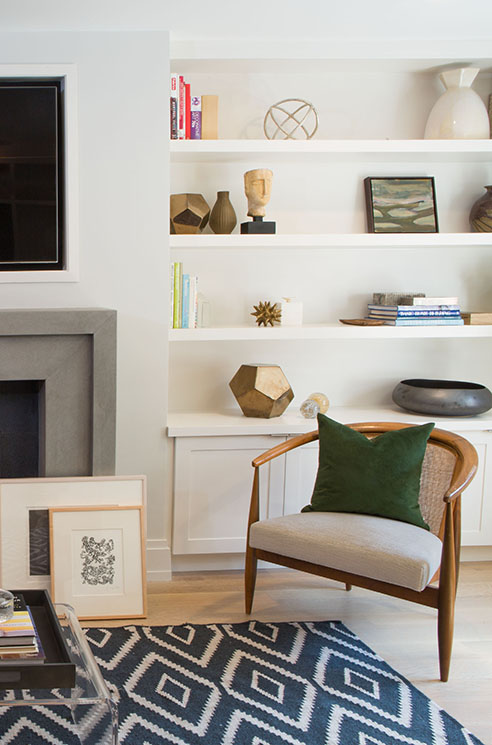An accessible home is a fair and friendly one, both for guests and for yourself. According to the CDC, 1 in 4 US adults already live with a disability, with the most common being mobility issues – and that number is continuing to rise. It’s a good idea to adapt your home, both to meet the needs of visitors today and to rise to the challenges that might be posed later in life – especially if it’s your forever home. Furthermore, putting planning in well ahead of time can help your home to look good while still being adaptable – avoiding the rapid and sometimes style-breaking ramps and rails that define homes that have to make quick changes to accommodate wheelchairs.

What’s required?
A good way to establish exactly what is required to have a wheelchair-friendly home is to look at the gold standard. According to CBC.Ca, this is seen in Alberta, and it comes with a few key adaptations. As a minimum, door spaces have to be widened, and ramps introduced into the home. When inside, rooms must be level, and there can be no step-ups between rooms – something surprisingly pervasive in most homes. Going that extra mile, though, can help to build independence for people living with disabilities. Consider disabilities that demand the use of wheelchair; the most common types of cerebral palsy, such as spastic and athetoid, present more mobility challenges than simply wheelchair use. Adaptations, such as lowering window sills and counters, and opening up the living space, make a home accessibility focused, rather than simply friendly.

Building in design
Of course, when you put accessibility features into the very design of the home, you can make the designs used stylish and suitable for your tastes. This can be as simple as purchasing rails and ramps that have the right colors to match your home, through to decorating the home and building the structure of rooms according to principles that you want for your living space. When making these adaptations, just be wary of the materials you use. You need to ensure that any surfaces have proper grip, whether for hands or for wheels.

Finding the funding
If you do prefer to make wide-ranging changes, there’s good news. The government has a huge range of grants for making houses adaptable, in line with a wider commitment to making housing stock across the country disability-friendly. The Balance outlines the various schemes available to homeowners. This means that wider renovations are achievable and often affordable. Putting work into your home to make it suitable for disabled people will be easier as a result, and won’t break the bank.

With that in mind, why not embark on a truly accessible renovation? Turning your home into one where people using wheelchairs can not only access it, but flourish within it, is a wonderful way to create a meaningful impact on the world. Plus, it’ll safeguard your future, too. Thanks to the CP Family network for consulting.
























